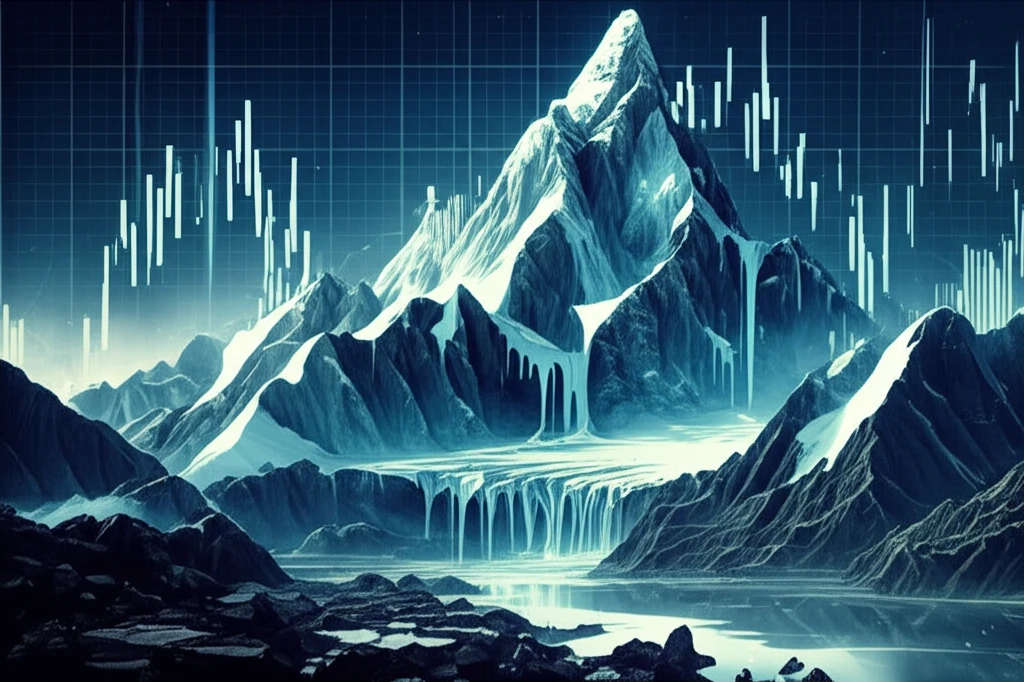
Himalayan Climate Check: Decoding the Changing Weather Patterns in Asia's Water Towers
"Uncover the intricate shifts in temperature and precipitation across the Western Himalayas and what it means for the future of Asia's critical water resources."
The Western Himalayas, often dubbed the 'Water Towers of Asia,' are a complex interplay of snow and glacier melt, varied land usage, unique topographical features, and the dynamic influence of both summer and winter monsoons. Understanding the intricate climate and hydrology of this region is paramount, not only for ecological preservation but also for the sustenance and agricultural stability of countless communities downstream.
Recent studies underscore significant climatic shifts occurring in the Himalayas, primarily focusing on rising temperatures and fluctuating precipitation levels. These changes have far-reaching consequences, affecting everything from glacier mass balance to the availability of fresh water for drinking and irrigation. Documented instances, such as glacier volume depletion, altered snow cover, and increased soot deposition, all point to a region undergoing rapid environmental transformation.
A new observational study focuses on unraveling the specific trends and variability in winter temperatures and precipitation across three distinct glacierized regions within the Western Himalayas. By analyzing in-situ observations spanning over two decades, the study aims to provide a comparative assessment of the climatic changes occurring in these sub-regions, each characterized by unique environmental conditions and responses to larger global patterns.
Key Findings: Temperature Trends and Precipitation Shifts

The study meticulously examines climatic data collected from three glacierized regions: Siachen (located in the Karakoram Range), Chotasigri, and Gangotri (both in the Great Himalayan Range). The data, which includes temperature and precipitation measurements from 1985 to 2007, underwent rigorous statistical quality control to ensure accuracy and reliability.
- Warming Disparities: The Karakoram Range shows more rapid warming than the Great Himalayan Range.
- Precipitation Decline: Overall precipitation is decreasing, though recent trends are mixed.
- Nino Influence: The Nino3.4 index correlates positively with winter precipitation, showing a link to global climate patterns.
- Local Contrasts: Siachen shows a strong negative correlation between temperature and precipitation.
Implications and Future Research
This research underscores the urgent need for continued monitoring and in-depth studies to fully comprehend the ongoing climatic changes in the Western Himalayas. Further investigation into the interplay between temperature, precipitation, and glacier dynamics is crucial for predicting future impacts on regional water resources and for developing effective adaptation strategies. Understanding these changes is not only vital for the local communities that depend on these resources but also for broader global efforts to address climate change and ensure environmental sustainability.
